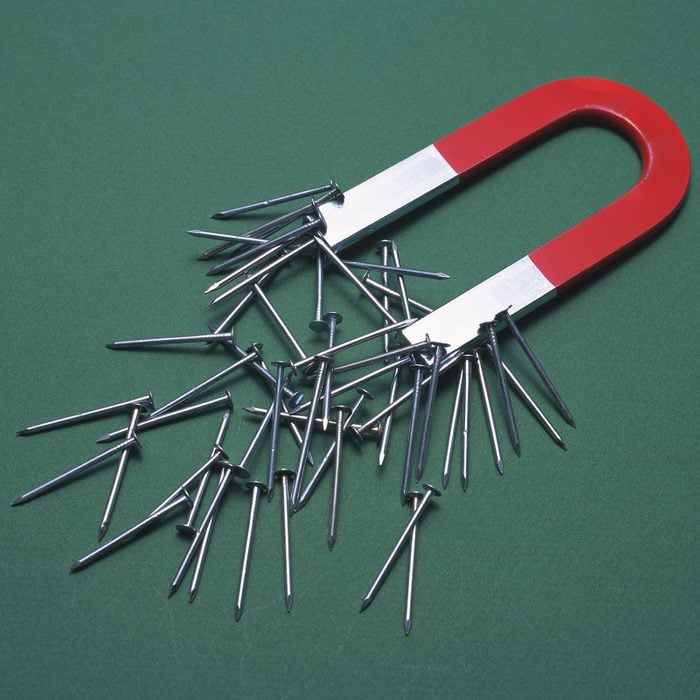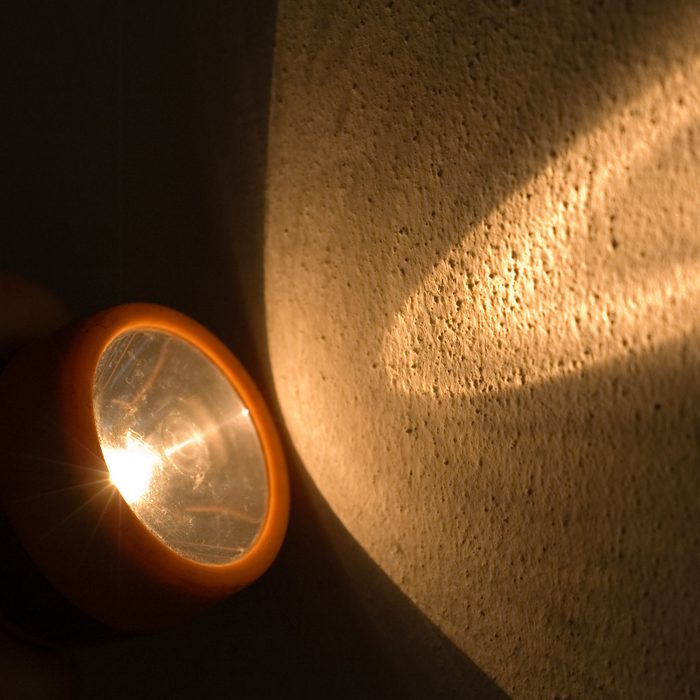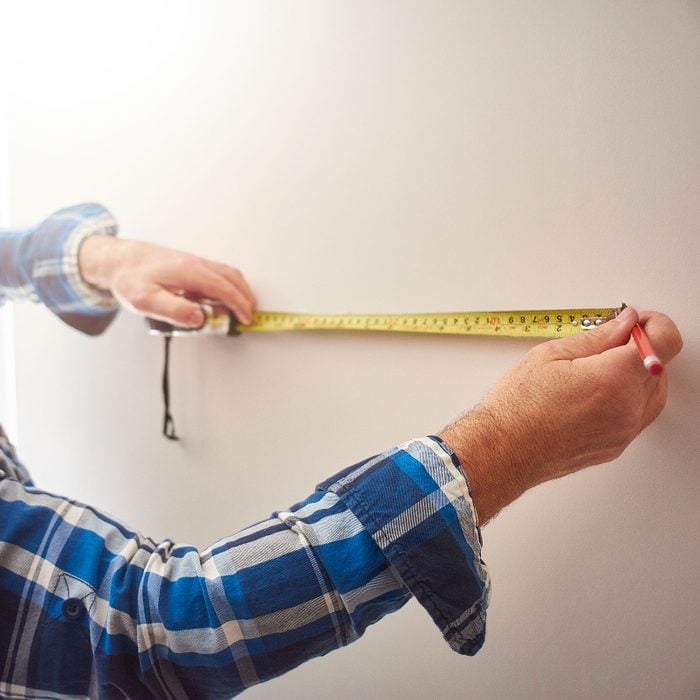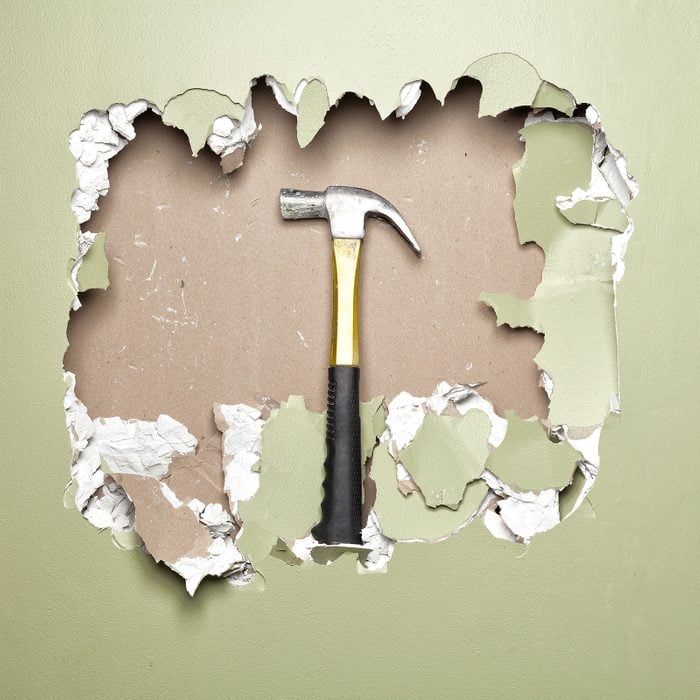Need to find a wall stud to hang something heavy, but don't have a stud finder? Try one of these hacks.
5 Super Handy Hacks for Finding Studs Without a Stud Finder

The Magnet Hack
We came across this useful stud-finding hack on TikTok. All you need is a powerful magnet, some masking tape or paper, and a level (or a weighted piece of string). Wrap the magnet in tape or paper so it won’t leave marks on your wall, then hold it against the wall in the approximate area where you need to find a stud. Slowly slide it up and down and back and forth across the wall. The idea is to find a drywall screw, which will cause the magnet to stick in place on the wall. Drywall screws are always driven into studs, so you know when your magnet sticks to the wall that there’s a stud beneath it. Use a level (or weighted string) to “reveal” the rest of the stud extending vertically above and below your magnet.
@mrfixitdiy How to find a wall stud with a magnet! #househack #learnontiktok #tiktokpartner ♬ AUTOMATIC – Theo Vermaak

The Flashlight Hack
Shine a bright flashlight on the wall where you need to find a stud. Hold it at a shallow angle to the wall so the beam illuminates any surface textures and imperfections. Often drywall screws are betrayed by a small circular dip in the drywall surface where the plaster concealing them dried and slightly shrank. Your flashlight will make these dips easy to see. Locate one in the area you need to find a stud, then move the flashlight up and down to look for more dips in vertical alignment with the first one. If you see some, you’ve found yourself a stud.

The Finishing Nail Hack
Is the object you’re mounting fairly large and wide? If so, chances are it will conceal a few tiny holes in your drywall once it’s up. Use a small hammer to tap a finishing nail into the drywall in a spot you know will be covered. You’ll know right away if you hit a stud or not since studs provide noticeable resistance to the nail. If you hit nothing, the nail will pierce through the drywall and beyond easily. If this happens, pull the nail out, then try again an inch to the left or right. You’re sure to hit a stud before long.

The Tape Measure Hack
Most stud walls are built 16 inches on center. That means there are exactly 16 inches from the face of one stud to the same face of the neighboring one. Use your tape measure to measure over from the nearest corner of your wall in 16-inch sections until you reach the approximate area you need to find a stud. Then tap a finishing nail into the wall. If you don’t hit a stud on your first try, you’re almost certainly very close.

The Knocking Hack
It sounds too simple to work, but knocking on the wall is a tried-and-true way to find a stud in a pinch. Give it a try. The hollow area between studs will give a noticeably different sound when rapped sharply with your knuckles than the drywall directly above a stud. Start knocking in the area you want to find a stud. If the spot sounds hollow, move half an inch to the left or right and knock again. Keep moving and knocking until the sound changes. Chances are when the knocks start sounding solid, you’ve found a stud.





















